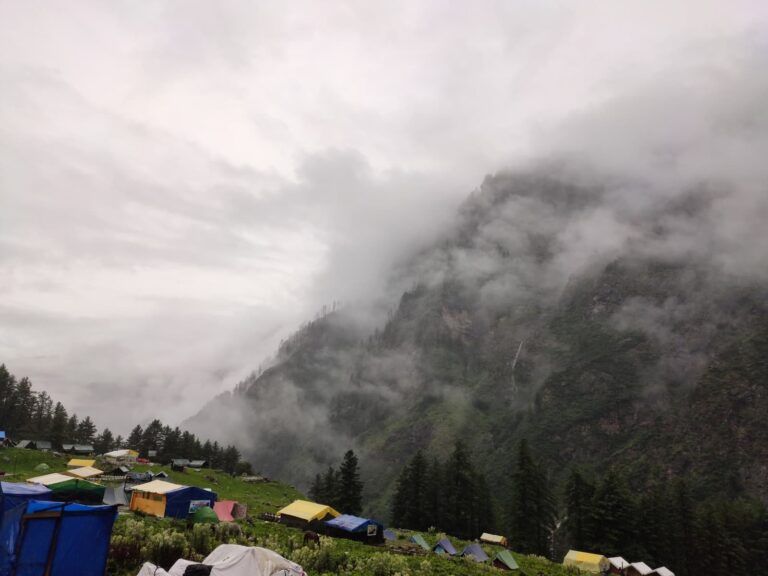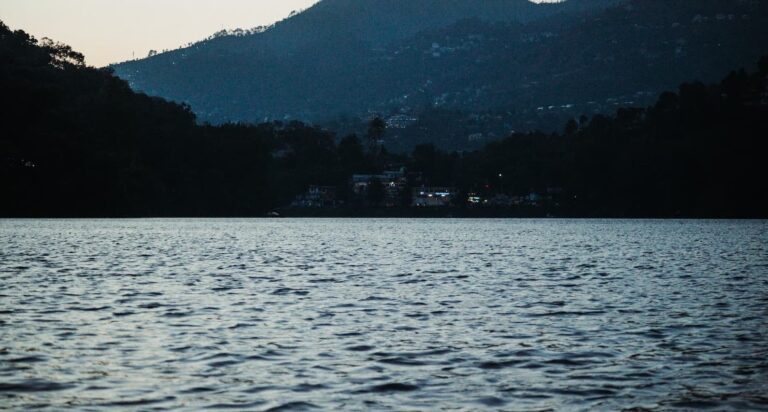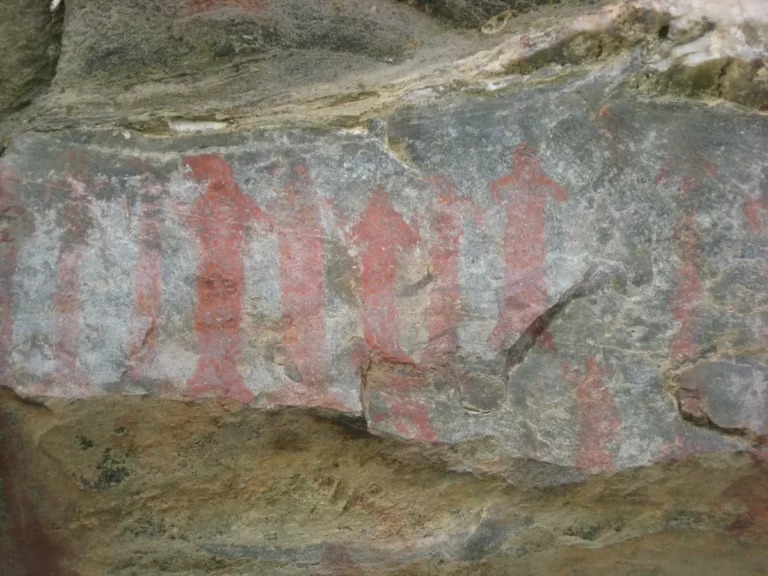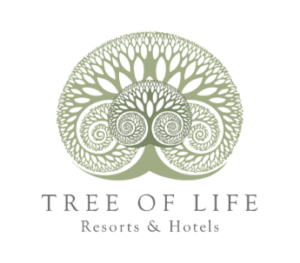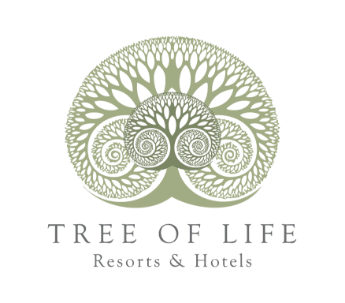TOL Elia Art Hotel Naggar
Urusvati Research Centre in the Himalayas lies within ancient Aryavarta’s borders. The great wisdom of the Rig-Vedas is crystallized here, in the caves and mountain tops where Mahatmas passed through. Nowhere else on earth but in the Himalayas, you can find medicinal plants, cutting-edge medical research, impressive magnetic and electric currents and other natural phenomena. Purified by Himalayan air currents, the human spirit will search tirelessly again.
Roerich House or Roerich Estate was created by Nicholas Roerich, the famous painter who settled in India.
Visitors to the Roerich House can take a narrow path up the slope across the road to a small green area hidden among shady deodars. Following their return from their Central Asian expedition in 1928, the Roerichs established two buildings of the Urusvati Himalayan Research Institute. In Sanskrit, the Himalayan Research Institute’s name is Urusvati, which means “The Morning Star” in English.
The Roerichs’ memorial research library, some surviving collections, including botanical and zoological ones, and various exhibitions are now housed in the institute’s buildings.
These buildings are now home to a memorial research library built by Nicholas and Helena Roerich, as well as some of their remaining collections, such as botanical and zoological specimens, and exhibitions such as “Himalayan Folk Art Museum,” “Activity of “Urusvati” Institute,” and “The Roerich Pact. History and Modernity.”
When the Roerichs took over, they transformed a hillside building above their residential home into the Institute’s Administration Building. The most essential research materials from the Central Asian expedition were sent there. Guest rooms for visiting scholars and a science museum were also available.
In the early 1930s, plans for and construction of the Laboratory Building were completed. For research, it was equipped with all the necessary facilities.

This was the only institute that had ever existed in the entire world. “Urusvati” appeared to be ahead of its time. It incorporated both ancient wisdom and cutting-edge scientific research into its work. Departments of Archeology, Natural Sciences, Tibetan Medicine, Asian Cultural History, and Philology were all present at the institute. Studies in the fields of biology as well as chemistry were carried out at the university. It was planned to conduct a series of studies on psychic energy, or the energy of human thought. Empirical science and metascience met here, laying the groundwork for a brand-new field of study.
The Urusvati Institute was headed by George Roerich, the institute’s foremost expert. The institute’s activities included Tibetan and Indian scholars, leading Western scientists, and members of the Roerich family.
Helena Roerich wrote of the Urusvati Institute, “The Station must develop into a City of Knowledge.” “We’d like to summarize everything that’s been accomplished in this City. That’s why it’s vital to include scientists from all fields of study. And because knowledge is derived from the entire cosmos, the scientists on this research station must be drawn from all nations. One of the most prestigious academic institutions of its time was the Institute for Advanced Study. The Himalayan region was studied extensively in a series of expeditions, including a large one to Manjuria. An ever-growing collection of botanical, ornithological and zoological specimens were added to the Institute Museum. George Roerich amassed a priceless collection of Himalayan oral history. In addition, the library’s collection was greatly expanded. Studies from the institute and the work of its fellows were collected in three books.
The institute’s activities had to be put on hold due to political developments by the late 1930s. The institute could not grow because of the financial crisis and the impending World War II. Wooden boxes containing a portion of the collection were used to store it in the Administration Building’s unique cupboards after dismantling the laboratory’s equipment,

Svetoslav Roerich’s goal was to revive the Urusvati Institute’s work in cooperation with Indian scholars, and he repeatedly approached Soviet and Russian scientists about it. An idea for a new Roerich Institute based on evolutionary thinking is currently being developed by experts from the International Roerich Memorial Trust and Moscow’s International Center of the Roerichs.
On the occasion of the institute’s third anniversary, Helena Roerich reminded the audience that the Kullu Valley, which contains the names of all the great figures in human history, including Manu, Buddha, Arjuna, Vyasa, and Gesser Khan, “is an exceptional area whose scientific value is only beginning to be revealed, but even at this stage it strikes with its plentiful research material,” she said.

